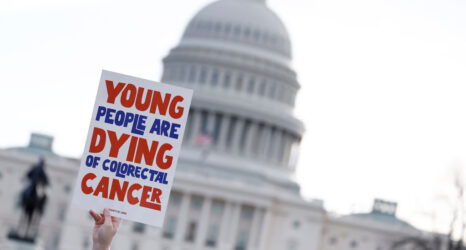NASA had a record-breaking number of applications for this year’s astronaut class, its largest since 2000 with more than 18,300 hopeful bids. After a long and arduous interview process, NASA chose 12 new astronaut candidates—and five of them are women.
When NASA was created in 1958, it was a male-dominated agency. Twenty years after its induction, almost 40 years ago now, NASA selected six women to be their first female astronaut candidates. Shannon Lucid, Margaret Seddon, Kathryn Sullivan, Judith Resnik, Anna Fisher and Sally Ride changed history when they completed their training program and became the first female astronauts at NASA in 1979. Just a few years later, Sally Ride would become the first American woman in space. It would take many more years for a woman of color to launch into orbit; Mae Jemison became the first African-American woman to be admitted into NASA’s astronaut training program in 1987 and entered space in 1992.
The women chosen for this year’s astronaut class—Zena Cardman, Jasmin Moghbeli, Jessica Watkins, Loral O’Hara and Kayla Barron—are the new idols of this generation. By seeing someone like them excel in the STEM field, young girls and women see that this future is possible for them, too.
Why has it taken women so long to break into NASA? In order to apply to the program, you must have a bachelor’s degree in engineering, biological science, physical science or mathematics, 1,000 hours of pilot-in-command time in jet aircraft or three years of professional experience, which can include having a master’s or doctorate degree.
In short, you must be in the science, technology, engineering and mathematics (STEM) field in order to become an astronaut—and women make up only about one-quarter (25.8 percent) of STEM occupations. Women of color lack in representation even more: Minority women constitute less than 1 in 10 employed scientists and engineers in the U.S. This disparity comes from conscious and unconscious biases against women’s ability to work in STEM fields. The American Association of University Women explored these biases and possible solutions:
The striking disparity between the numbers of men and women in science, technology, engineering, and mathematics has often been considered as evidence of biologically driven gender differences in abilities and interests. The classical formulation of this idea is that men “naturally” excel in mathematically demanding disciplines, whereas women “naturally” excel in fields using language skills. Recent gains in girls’ mathematical achievement, however, demonstrate the importance of culture and learning environments in the cultivation of abilities and interests. To diversify the STEM fields we must take a hard look at the stereotypes and biases that still pervade our culture. Encouraging more girls and women to enter these vital fields will require careful attention to the environment in our classrooms and workplaces and throughout our culture.
The issue of equal representation for all genders and races in STEM has slowly gotten better over the years, but white men still outnumber women and specifically women of color in these fields. Encouraging women and girls to enter these fields, however, is working. In the past year alone, budding female scientists stole the spotlight at the annual co-ed Regeneron Science Talent Search and LEGO announced a set celebrating the history of women at NASA by Maia Weinstock, the deputy editor of MIT News. While the lack of representation in STEM cannot be fixed overnight, we are making progress.





